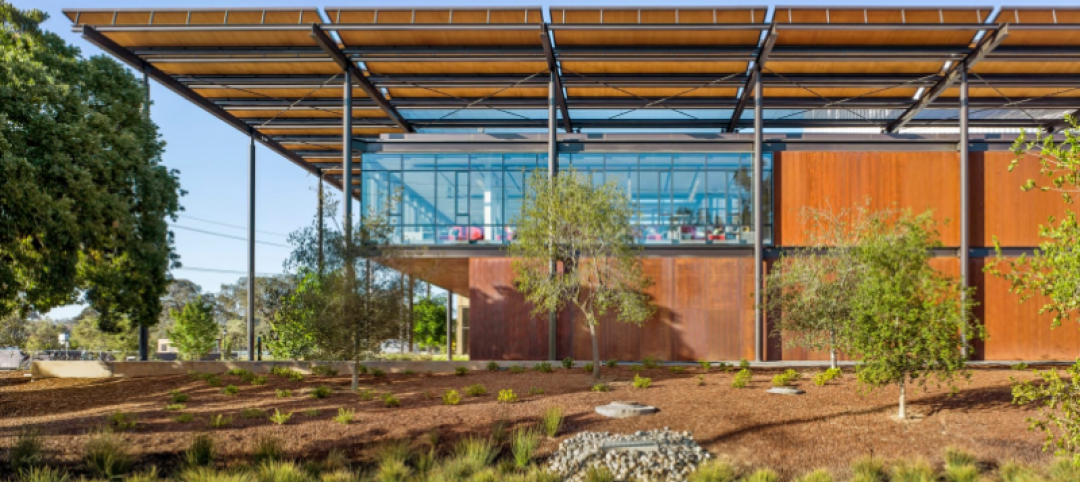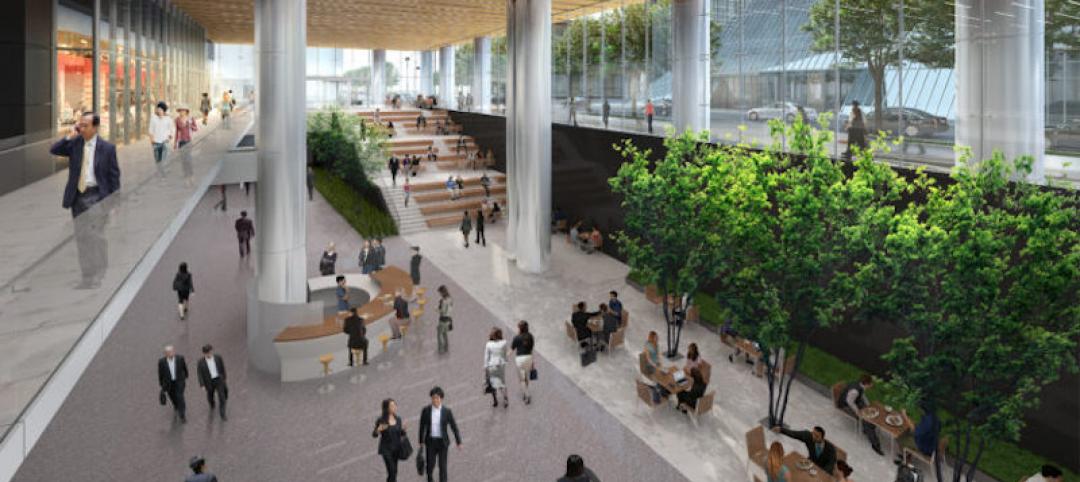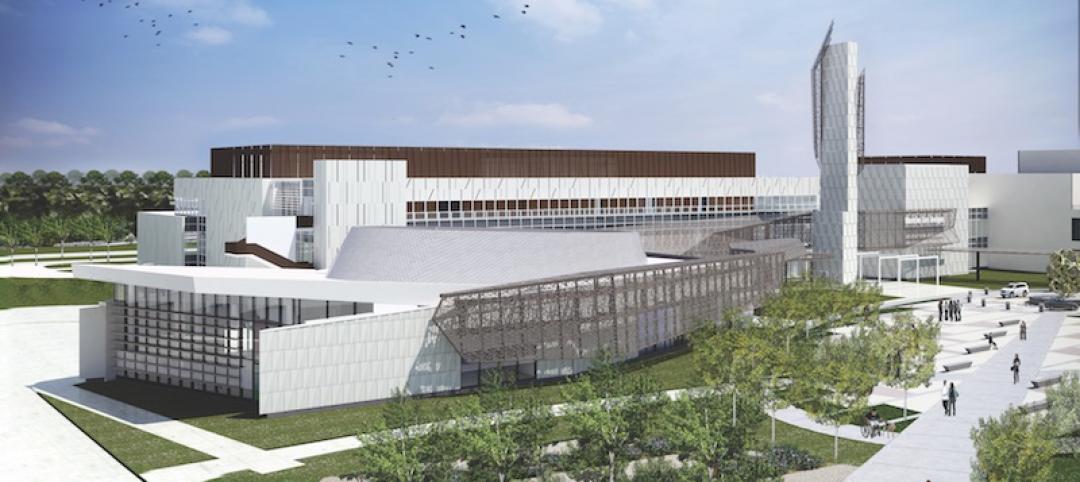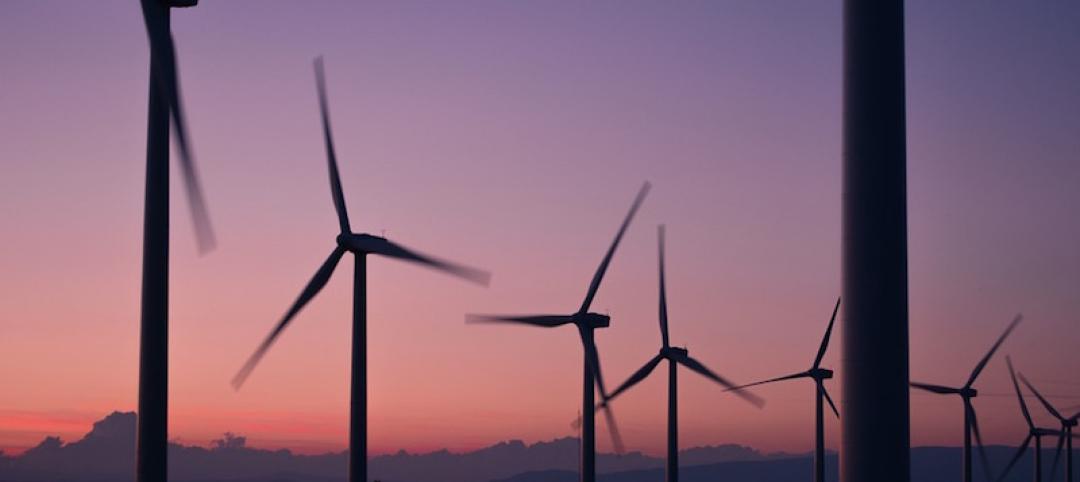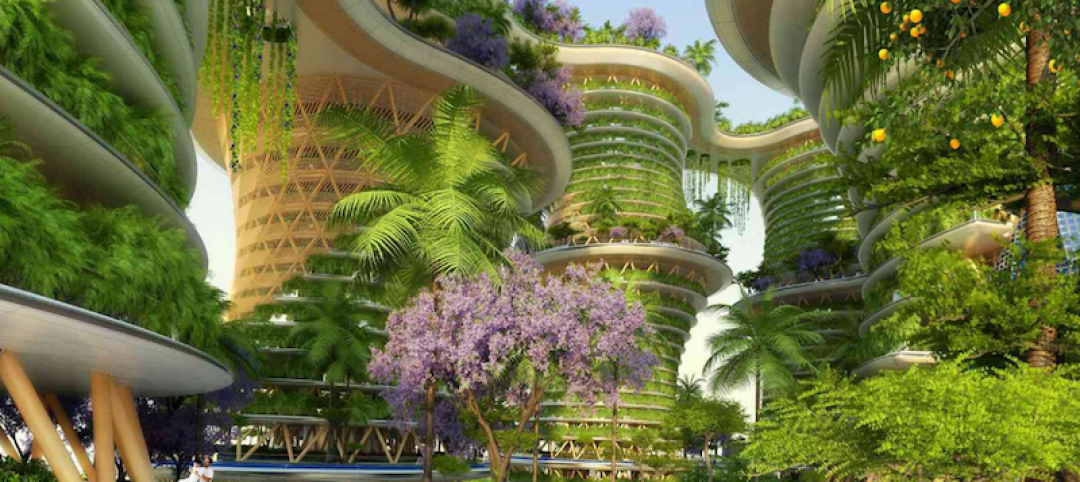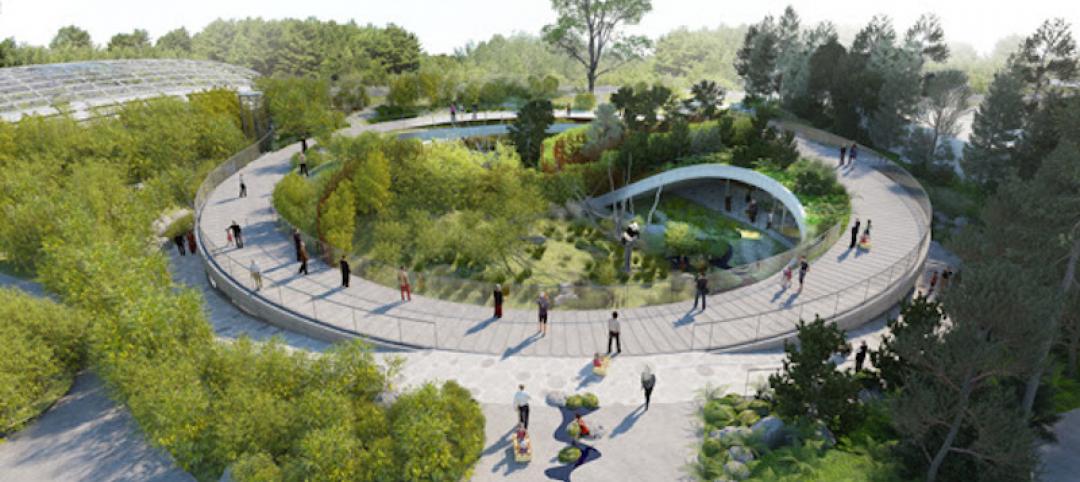Green building has not gotten as much traction as it should, given its many benefits, writes Lance Hosey, Chief Sustainability Officer with RTKL.
Despite reports that LEED-certified buildings can cut greenhouse gas emissions and water consumption by half, while costing 25% less to operate, only about 1% of the U.S. building stock is green. Hosey attributes this situation to six misperceptions about sustainable design:
1. Myth: Sustainability Equals Environmentalism. Reality: Green design is not just for tree huggers. It also produces economic value.
2. Myth: Sustainability Equals Technology. Reality: Sustainability is not just about solar panels and wind turbines.
3. Myth: Sustainable Design Costs Too Much. Reality: Today, LEED-certified buildings can be built at the same cost or even lower cost than conventional construction.
4. Myth: Sustainable Design Takes More Time. Reality: Integrated design, which brings together a project's key stakeholders, designers, consultants and contractors early to get consensus on goals, can save time by ensuring more thorough coordination and avoiding costly changes later.
5. Myth: Sustainability Isn't About Design. Reality: Green design is not just about specifications in a technical manual. For instance, decisions about a building’s shape have a significant impact on the resources needed.
6. Myth: Sustainable Design Isn't Beautiful. Reality: The look and feel of design are essential to sustainability. “Following the lessons of sustainability to their logical conclusion will inspire more designers to reconsider the impact of every decision, including form and image,” Hosey says.
Related Stories
Sustainability | Apr 20, 2017
The American Institute of Architects select the 2017 COTE Top Ten Awards
In its 21st year, the Top Ten Awards highlight projects that exemplify the integration of great design and great performance.
Sustainability | Apr 19, 2017
Embracing the WELL Building Standard: The next step in green
When you consider that 90% of our time is spent in buildings, how these environments can contribute to workplace productivity, health, and wellness is the logical next step in the smart building movement.
Multifamily Housing | Apr 18, 2017
Hanging Gardens-inspired CLT residential development proposed for Birmingham
Garden Hill will provide an ‘oasis-like residence’ for Birmingham’s growing, multicultural student population.
Healthcare Facilities | Apr 14, 2017
Nature as therapy
A famed rehab center is reconfigured to make room for more outdoor gardens, parks, and open space.
Green | Apr 14, 2017
Sunqiao looks to bring agriculture back to Shanghai’s urban landscape
Vertical farms will bring new farmable space to the city.
Sustainability | Apr 13, 2017
How to make a concrete bunker livable
SOM’s design for New York’s second Public Safety Answering Center leans on strategically placed windows and the outdoor environment.
Green | Apr 11, 2017
Passivhaus for high-rises? Research demonstrates viability of the stringent standards for tall residential buildings
A new study conducted by FXFOWLE shows that Building Teams can meet stringent Passivhaus performance standards with minimal impact to first cost and aesthetics.
Codes and Standards | Apr 6, 2017
Product-specific EPDs seen as key aid to earning green building credits
The product-specific EPDs allow designers to more quickly earn a LEED v4 credit in the Materials & Resources category.
Sustainability | Apr 4, 2017
Six connected CLT towers create an urban forest in India
The mixed-use towers would each rise 36 stories into the sky and connect via rooftop skybridges.
Green | Mar 29, 2017
Copenhagen Zoo and BIG unveil yin yang-shaped panda habitat
The new habitat will sit between two existing buildings, including the Elephant House designed by Norman Foster.


